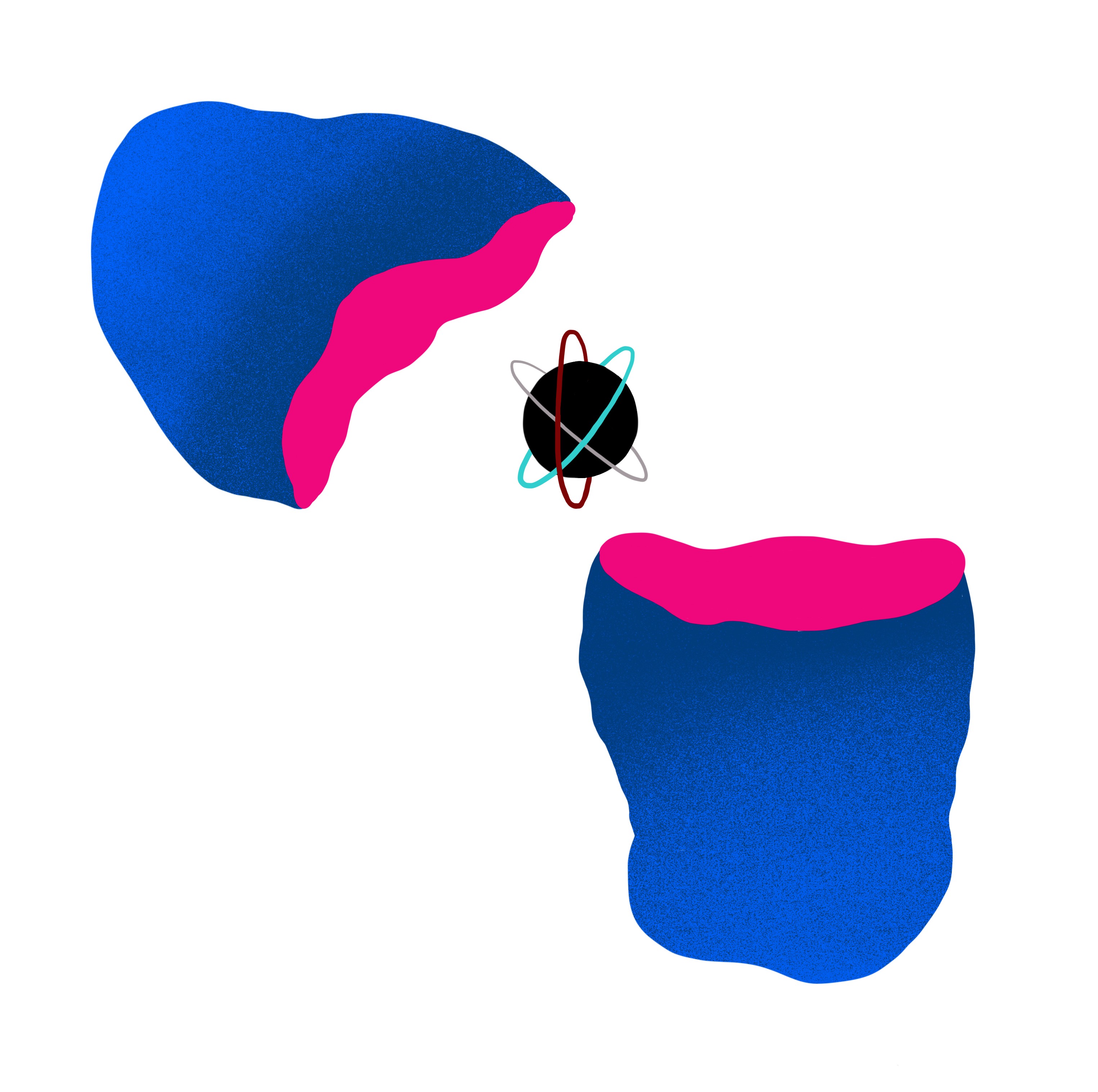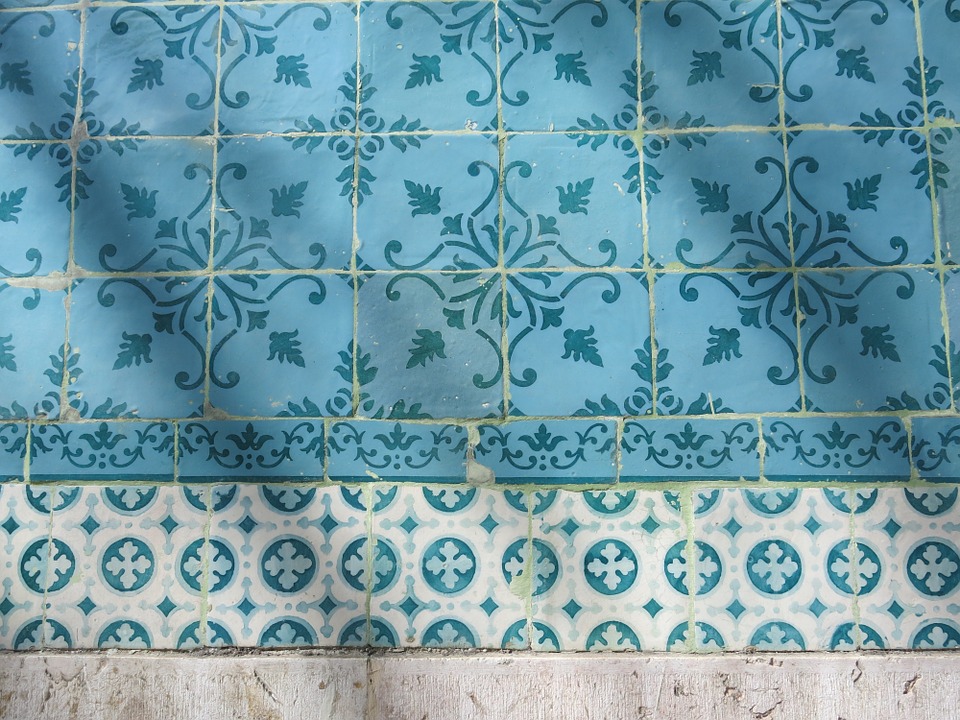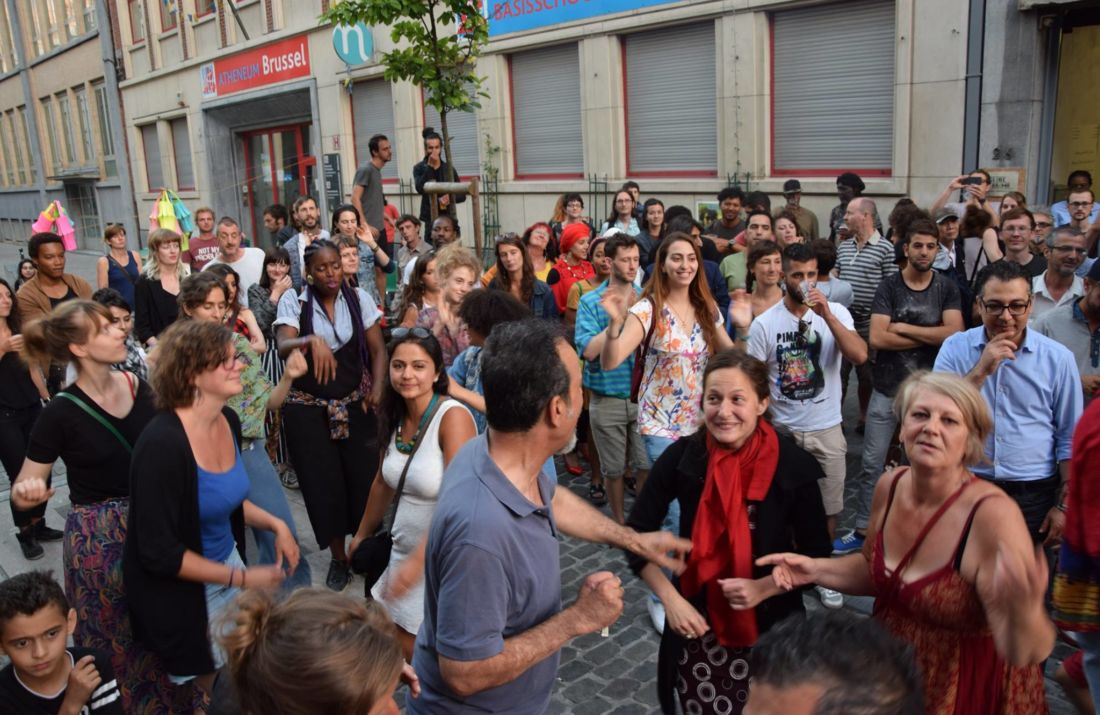Caroline Melon
My artistic career was driven during 12 years as a director of a festival in Bordeaux. This festival, Chahuts try to make link between people and to work about how art could help empowerment (self-empowerment, about urbanistic projetcs, gentrification of the city....). The festival works with fragile people (children, poor people, refugees...) and about any kind of discrimination. I resigned two years ago because I wanted to develop a new playground for my artistic activity.
I have made several projects, some of which took a very long time to be made: the longest was about five years in a emptied school where young people built a squat. Today, I lead on a project in a city for three years – commissioned by the city itself, Libourne, to put it in stories, and we will be living in emptied shops on the main street. I am also working on Suite for pulic transports, which is a performance where I wish to put the focus on a few ways of using the city in the bus, the tram or the subway; they are very small things to change to make it poetic, and to create strange situations.
I don't know really how to explain my artistic discipline, because I'm not sure I have one. To explain what I do, I often say that my basic material is langage, the text. I write stories from contexts, and I invent a form depending on what I need. I've made exhibitions, I've written a book, I've created a sound parcours, I've driven an itinerant bakery, I've designed a place for parties for a festival. Another way to talk about my pratice is to say that it isn't defined by the result which could be always different, but more by the process which is often the same.
This process is divided into several parts, always driven in this timeline:
- the sensitive element is when I visit a place for the first time. I become a sponge, which means that I'm not here to write something or to create: I'm just here to feel, to listen, to hang around. I spend time walking, talking with people I cross, drinking coffees in bars, breathing the air of the place.
- the documentary part is when I begin to know what I want to tell. I often read a lot about the place (about its sociology, demography, history, geography); I also documente myself about the set up I want to activate (for example for the mobile bakery I read and watched movies about mobile shops), and I make a lot of interviews to understand how people live in this context.
- after that, the story and the way I want to tell it emerge gradually. I then gather a team of artists and sometimes people from other sectors (for instance, at the festival hub I designed in Bordeaux, there were a barber, a hair-dresser, a tattoo artist, a fortune teller...), and often a lot inhabitants or volunteers; and so we can start to create together.
- finally, we open the space to people - I often don't call them «spectators» or «viewers» because they more often have a place as activator of the art form we have created.
- the legacy is also a big part of the project, we always leave a track, which could be a movie, a book, an exhibition, pictures... It depends of what the context needs.



